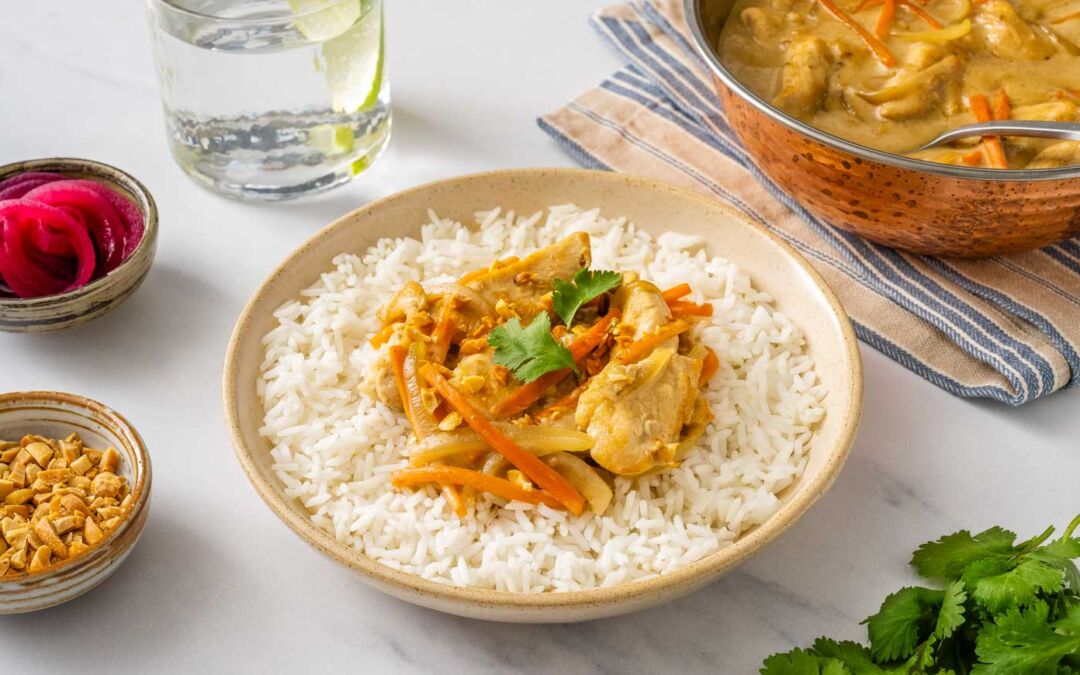Curry types can range from spice mixes to sauces, specific dishes to entire categories of cuisine! Though the word “curry” may be hard to define, curry in all its forms is never difficult to enjoy, and is popular around the world, in India and Japan, Thailand, Germany, and more.
From saucy stews heaped onto steaming bowls of basmati rice to carefully calibrated jumbles of spices, curry types can take on different forms, from the meticulously detailed to the simple. But do we really know what curry is and where it came from? Do we know what ingredients make curry great and how diverse it can be depending on where it’s made, and how? A term with a complex history, curry’s mirrors the increase in trade and travel between continents. As it jumped from the tables of India to the shores of the Caribbean, from Japanese curry houses to simmering European sauces, its popularity mushroomed. Today, curry is so ubiquitous that it’s a staple in households, in restaurants and on supermarket shelves in all seven continents of the globe.
Eager to bring this fragrant, delicious food to your table? Take a deep dive into curry types, the backstory of this universally revered food and the main ingredients that make it great, and brace your kitchen for a flavor explosion unlike any it’s ever seen before.
What is Curry?
To truly understand any food, it’s best to start with the basics. So what exactly is curry? Though this word is often used as a catch-all term to describe a host of different dishes, curry more accurately refers to curry leaves or a specific Indian dish, called kadhi.
Still, as saucy, heavily spiced dishes gained popularity around the globe, the word “curry,” which comes from the Tamil word “kari,” came to represent a style of stew, generally served over rice, with roti or naan. Today, there are myriad curry types and the term curry can refer to dishes as varied as coconut-rich Thai red curry, thick Japanese curry and creamy murgh makhani, from Northern India. Though these dishes often have more specific names that reflect regional differences, in North America, they are also often recognized simply as curries.
Curry powder, meanwhile, is a British invention from the 18th century. Meant to replicate the complex flavors of traditional Indian spice mixes, it is a convenient mixture of turmeric, coriander, fenugreek, cinnamon, cumin, black pepper, ginger and cardamom. Though popular in kitchens in many countries, it is not commonly used in India.

Types of Curry by Region
From its origins in Asia, curry has gained popularity and is now enjoyed around the world. Though similarly saucy and delicious, regional curry types are quite different, reflecting the preferences of the cooks who make them and the ingredients they have at their disposal.
Indian Curries
It should come as no surprise that a country as big as India (a place that is home to 1.4 billion people!), boasts a mind-bogglingly vast culinary repertoire. Recognized for bold spicing, rich sauces, and layers of flavor, Indian food is also known for its incredible variety. Some of the most popular Indian curries include vindaloo, jalfrezi, palak paneer, korma, Meen Moilee, murgh makhani, or butter chicken, and dal. Though many of these dishes are not called curries in India, they are recognized as such in the United States.
- Vindaloo – Created in Goa, during the Portuguese colonization of India, vindaloo is a fiery dish laced with Kashmiri chilies. Tangy with a substantial kick, this deep red curry is usually made with chicken, but can also be prepared with lamb or starchy vegetables.
- Jalfrezi – Hailing from Bengal, this stir-fried curry dish is known for its thick, rich sauce and considerable spice level. Made with meat, fish, paneer or vegetables, it relies on onions, tomatoes, green chilli peppers and a number of seasonings and spices for its unique flavor.
- Palak Paneer – A tempting combination of heaps of stewed spinach and fresh paneer cheese, this vegetarian dish is a staple in houses and on restaurant menus across the globe. This dish is generally served over fluffy basmati rice or with naan.
- Korma – Though there are many variations on korma, they are defined by the way meat or vegetables are braised in stock and yogurt to create a thick, gravy-like sauce. Many recipes include cashews and stewed tomatoes, with spice levels ranging from mild to hot.
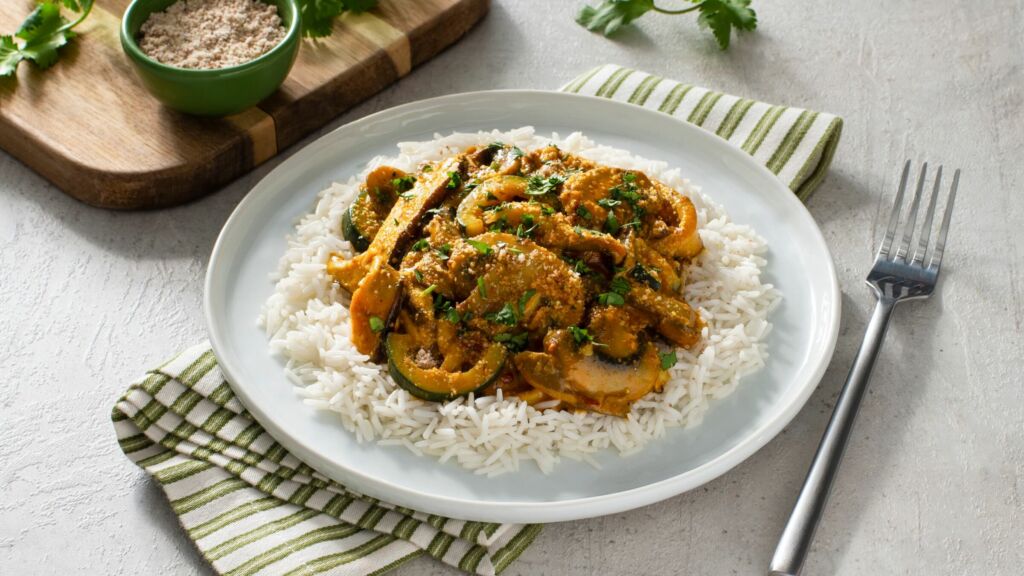
- Meen Moilee – Also known as Kerala fish curry, this dish is from the coastal state of Kerala. Fragrant with a hint of acidity, this dish is made with coconut milk and mild white fish, though shrimp is also a popular ingredient.
- Murgh Makhani – When it comes to curry, this dish (which is also known as butter chicken) reigns supreme in most households! Created in Punjab, a state in northwestern India, this dish is saucy, rich and mildly spiced, with tender morsels of chicken in a tangy, tomato-based sauce.
- Dal – Made from pulses, such as lentils, chickpeas or black beans, dal (also daal, dahl, or dhal) is a wholesome, soupy stew popular across India, Pakistan and Bangladesh. An economical and nutritious dish, dal varies widely between regions, and even households. It can be eaten as a main, with rice and naan, or as a side with other curry dishes.
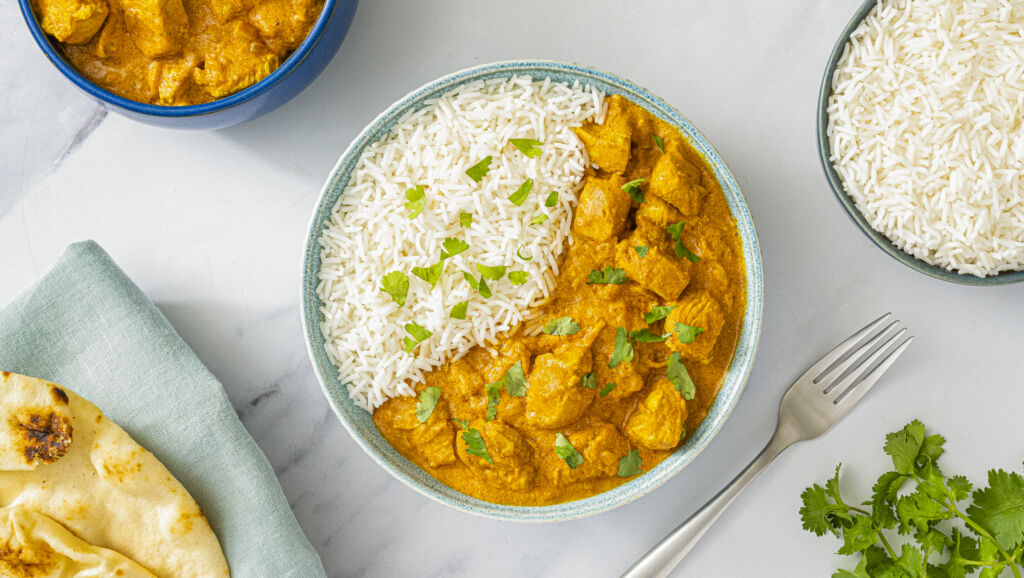
Thai Curries
In Thailand, curry dishes are as popular as other culinary treasures like pad Thai, tom yum soup, pad see ew and more. Though Thai curries resemble Indian types, in that they are heavily spiced and saucy, they are also quite different thanks to the inclusion of a number of ingredients that are native to Thailand.
- Yellow Curry – Mild and slightly sweet, Thai yellow curry gains its vibrant color from a blend of turmeric and curry powder. Often used in dishes with coconut milk, this type of curry also gains flavor from coriander seeds, ginger, garlic and lemon grass.
- Red Curry – Stained with curry powder and red curry paste, this type of curry is also flavored with lemongrass and makrut lime zest, garlic, ginger, coriander and fish sauce. Despite its red-hot look, this type of curry usually lands in the medium-heat range.
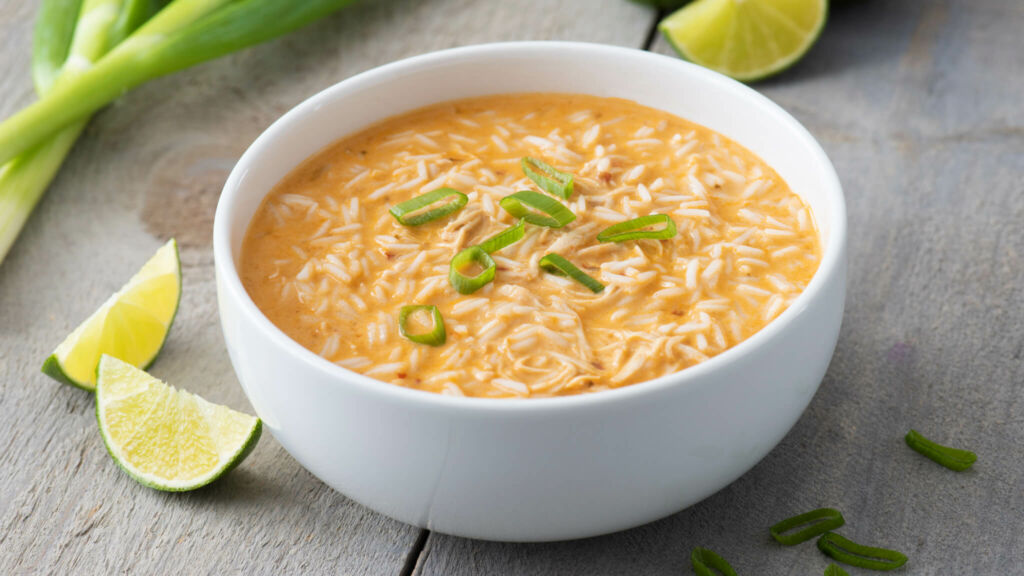
- Green Curry – Generally the hottest of these three curries, green curry is also considered one of Thailand’s most popular. Fresh herbs amp up this curry’s vibrant hue, with green chilies and a hodgepodge of other ingredients (including lemongrass, fish sauce, shallots, cumin seeds and galangal) lending this curry its bold range of flavors.
- Panang Curry – A dish from the Panang region of Thailand, this curry is made with a rich, peanut-flecked sauce. Made with chicken or shrimp, this dish is similar to red curry yet with a fuller, nuttier, stronger flavor.
- Massaman Curry – Blending influences from several sources, this creation differs from other typical Thai dishes in its use of cinnamon, cloves, nutmeg and other warm spices. Created to highlight this generous use of spice, this dish is milder than other Thai curries. Generally made with chicken, massaman curry can also be made with beef, goat, tofu or a hearty blend of vegetables.
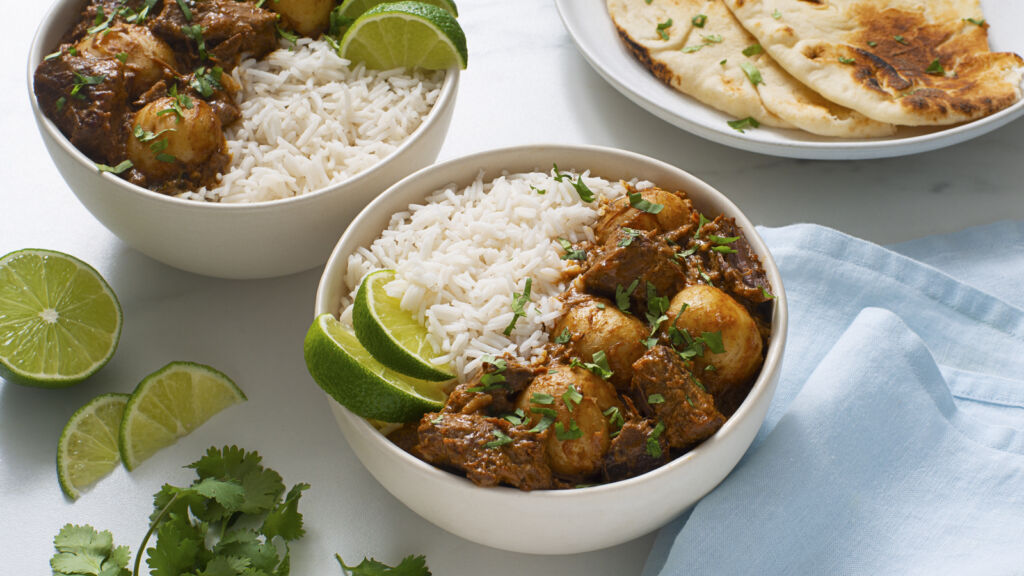
Japanese Curries
Curry was introduced to Japan by the British Navy during the 19th century. Though loosely based on Indian recipes, the style of curry that became popular in the UK differed in its preparations and ingredients. Japanese curries, then, are also similar to Indian curries yet have their own unique flavor profile. Sweeter and less spicy than Indian dishes, they generally feature thicker, gravy-like sauces.
- Kare Raisu (Curry Rice) – So popular that it’s considered one of Japan’s national dishes, curry rice is a savory stew served over piping hot short-grain rice. Made with meat and hearty vegetables, such as potatoes and carrots, the curry sauce is thickened with a roux, and spiced with turmeric, fenugreek, cumin, coriander and more.
- Curry Udon – Created in Tokyo, this dish combines thick wheat noodles with Japanese curry. Comforting with a hint of sweetness, this dish can be served mild or delectably spiced.
- Curry Bread – The most portable way to get your curry fix, this dish is a handy snack of Japanese curry tucked inside a soft-on-the-inside, crunchy-on-the-outside fried bread pocket. Golden and crisp, often coated in panko crumbs, these are a bakery staple in Japan.
- Katsu Curry – A dish that combines a fried cutlet (pork, chicken or beef) with a healthy portion of Japanese curry rice, this dish delivers a one-two punch of satisfaction. In Japan, this dish is so popular that many restaurants and fast-food chains specialize in serving little more than variations on katsu curry.
Other Global Curries
As you can see, curry popularity continues to surge across the globe! Today, it finds its way onto countless tables, in restaurants and homes. Though it’s a dish that evolves and shifts, depending on who makes it and where, the basics remain the same — saucy, spiced meat or vegetables served with a carb-rich side. Still, the flavor of curry from one country to another can be astoundingly different.
- Great Britain – Arguably one of the world’s most popular curries, chicken tikka masala is believed to have been invented in the 1970s by a Bangladeshi chef living in Glasgow. So popular that it’s considered an unofficial national dish of Great Britain, chicken tikka masala is made from marinated boneless chicken that’s charred on a hot grill before being plunged into a spicy, cream-laced tomato sauce.
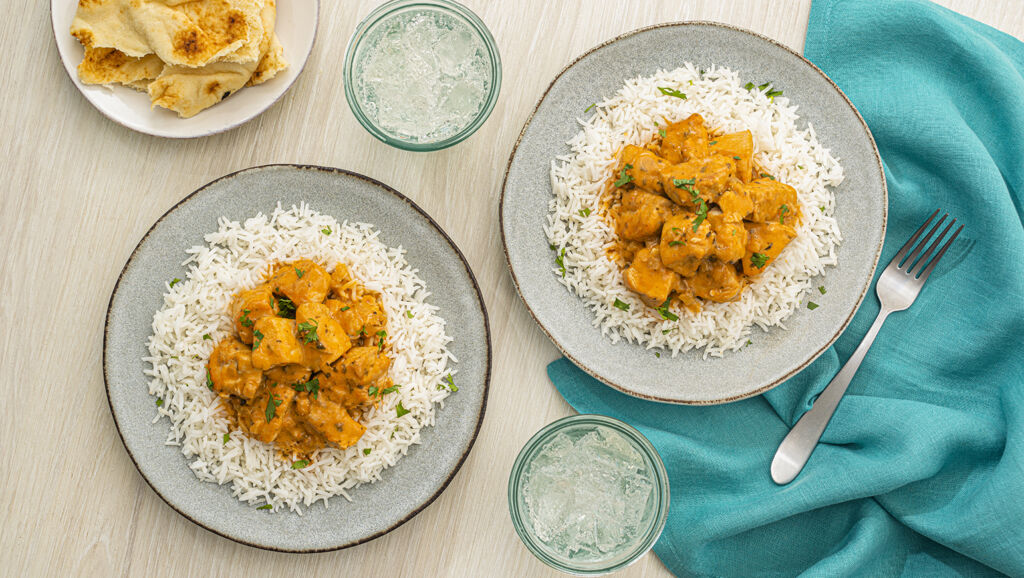
- Malaysia – Malaysian curries share similarities to those made in Thailand, its neighbor to the north. They also draw on Indian and Chinese influences, featuring ingredients like red chilies, ginger and coriander, star anise and clove. Beef rendang is a popular type of Malaysian curry. Laksa, a noodle soup, can also be made with a spicy coconut curry broth.
- South Africa – Slicked with cayenne-infused oil, Durban curry is a particularly aggressively spiced curry type. First made by indentured Indian workers brought by the British to South Africa to work on sugar cane plantations, the dish is made with tomatoes, curry leaves, starchy vegetables, meat and plenty of spices. The lack of yogurt or coconut milk adds to the searing reputation of this dish.
- Caribbean – Particularly popular in former British colonies, curry is now a staple of the Caribbean diet. Both Indian and British influences can be seen in dishes like curry goat and curry crab, with cooks relying on readily-available ingredients (such as Scotch bonnet peppers, coconut milk, seafood and more) to make their recipes shine. Often, cooks will create new recipes based on traditions from various regions.
Curry Ingredients and Preparation Techniques
To make curry, begin with a robust stock of fresh spices, including cumin, coriander, turmeric, cayenne, cardamom and mustard seeds. For easier prep, you can also opt for curry powder or curry paste. Many curry recipes call for ghee, or clarified butter, for toasting the spices but a light cooking oil is a good substitute.
As we’ve discussed, there is no one-recipe-fits-all curry dish! Before you begin cooking, decide whether you’d like a spicy or mild dish, one that’s dotted with tender morsels of meat or is vegetarian, and one that’s creamy and sweet, thanks to the addition of coconut milk, or is more tomato-forward. Some curry dishes take hours to simmer while others come together in minutes, so knowing how much time you want to devote to cooking is also important. Finally, fresh herbs are a hallmark of many curry recipes. Depending on which style of curry you tackle, you’ll want to load up on aromatic cilantro, dill or coriander, basil, Thai basil or parsley.
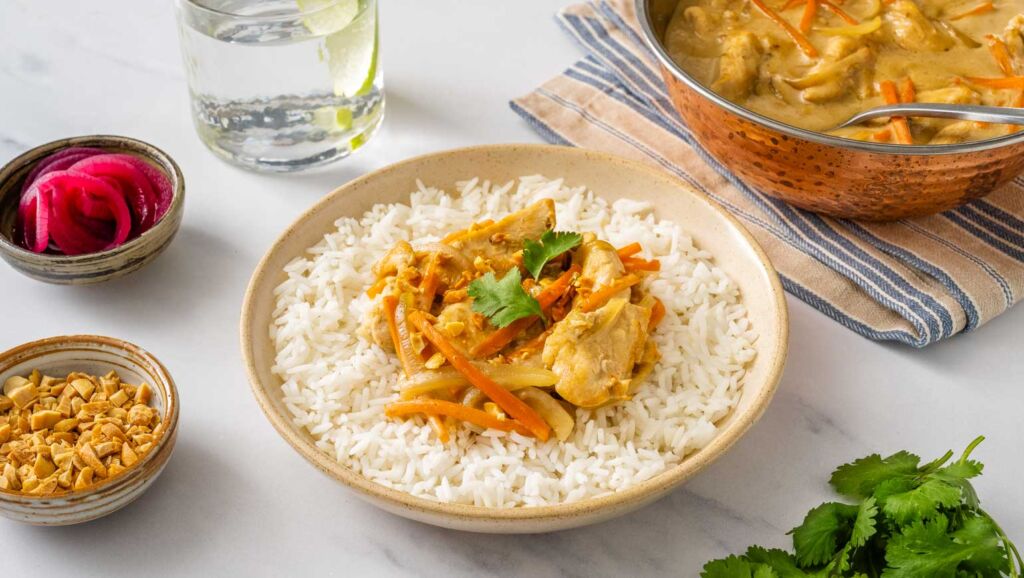
Curry Pairing Tips
No matter which curry type you prepare, the most common partner for this saucy, savory dish is a warm bowl of fluffy rice, be it jasmine or basmati, long- or short-grain. If you’re looking to increase your intake of whole grains, brown rice is an ideal choice. In India, curry is also often served with fresh naan, roti or paratha. In other Asian countries, such as Japan, Thailand and Singapore, noodles are a popular partner to curries.
Though there’s nothing wrong with diving into a bowl of rice and curry, side dishes can help to round out any curry-based meal. Some, such as cooling raita, can be eaten alongside über-spicy curries to help temper the heat. Others, such as fruit-based chutneys, pickled vegetables and salads, add complex flavors and textures to the meal.
And let’s not forget beverages! Whether you crave the tongue-soothing appeal of an iced mango lassi or prefer a chilled glass of white wine or tropical rum cocktail, many different kinds of drinks pair well with a variety of curry types.
Beginner’s Guide to Making Curry
Now that you’ve jumped into the world of curry headfirst, it’s time to start cooking! If you’re new to making curry, a simple, straightforward dish that’s brimming with flavor is a great place to start. Our Curry in a Hurry, with tender bites of chicken breast, tomatoes and fresh herbs, comes together in 30 minutes yet tastes as though it’s been simmering on the stove all day long. As always, remember to begin with fresh ingredients: if your curry powder has been languishing at the back of the cupboard for years, it’s time for a new jar!
When making this dish, follow these simple tips to get the best results:
- If you have extra time, remove the chicken from the skillet after browning. Then, sauté the onions and garlic for a few minutes before adding the curry powder to the mix. Cook for a few additional minutes before returning the chicken, along with the tomatoes, to the skillet and continuing with the recipe. Toasting the spices helps to bring out their flavors and aromas, and will give your final dish a deeper, more complex flavor profile.
- As dinner cooks, prep a bag of Success® boil-in-bag basmati rice to enjoy alongside the curry. Its long, fragrant grains pair perfectly with every saucy, seasoned mouthful.
- If possible, you’ll also want to double this recipe. There’s nothing quite like looking forward to hearty, delicious leftovers to get you through a busy workday!
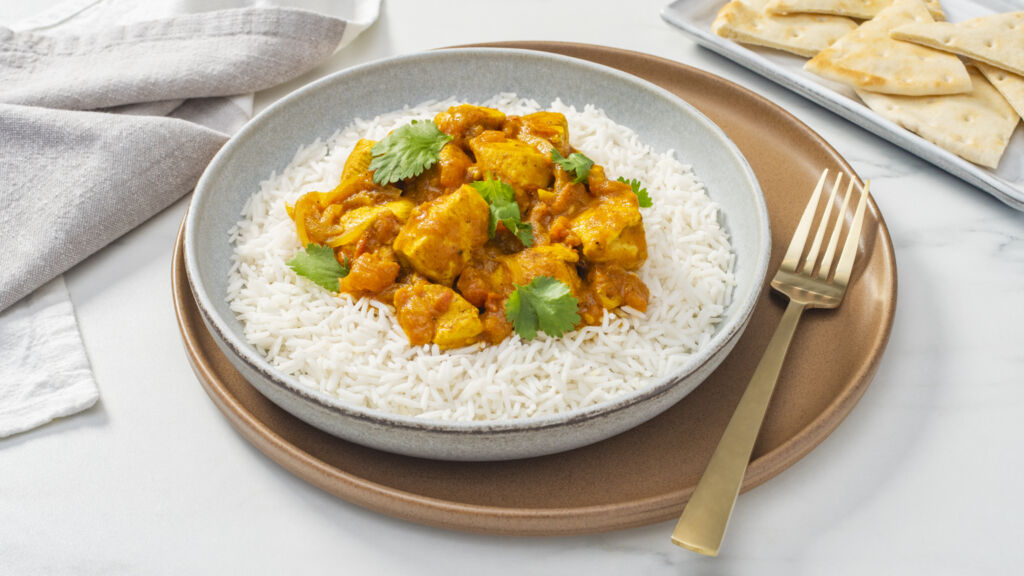
Conclusion
If you thought you knew curry before, now you know just how vast and interesting the world of curry really is! A word that has become a catch-all term for a wealth of dishes, curry carries with it a weighty history, a hard-to-pin-down definition and the everlasting promise of confident layers of flavor, from spicy and warm to zingy, brisk and tart!
There’s no better way to explore curry’s satisfying scope than in your own kitchen, where you can cook scads of new recipes, tweaking them to suit you and your family’s unique tastes. From soups and fragrant fish dishes to weeknight-friendly chicken dinners and vegetarian options you’d happily make for yourself or for a crowd, when it comes to curry, the possibilities are truly endless!

